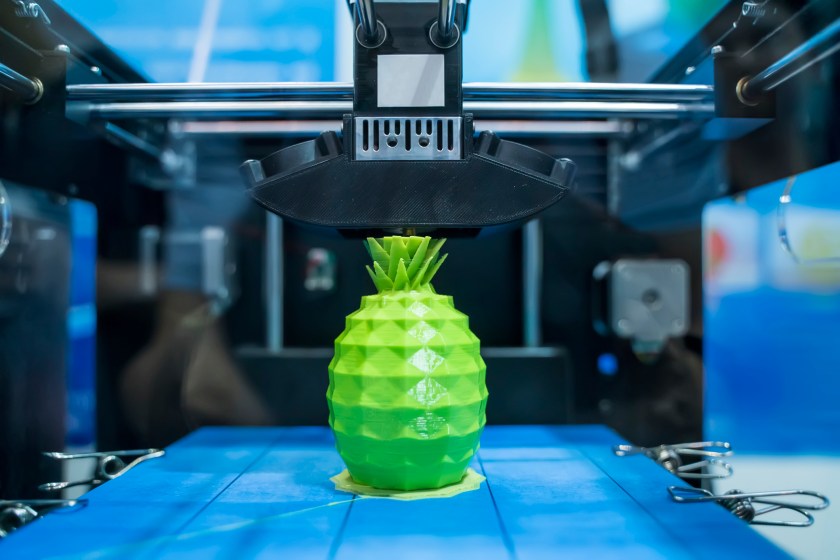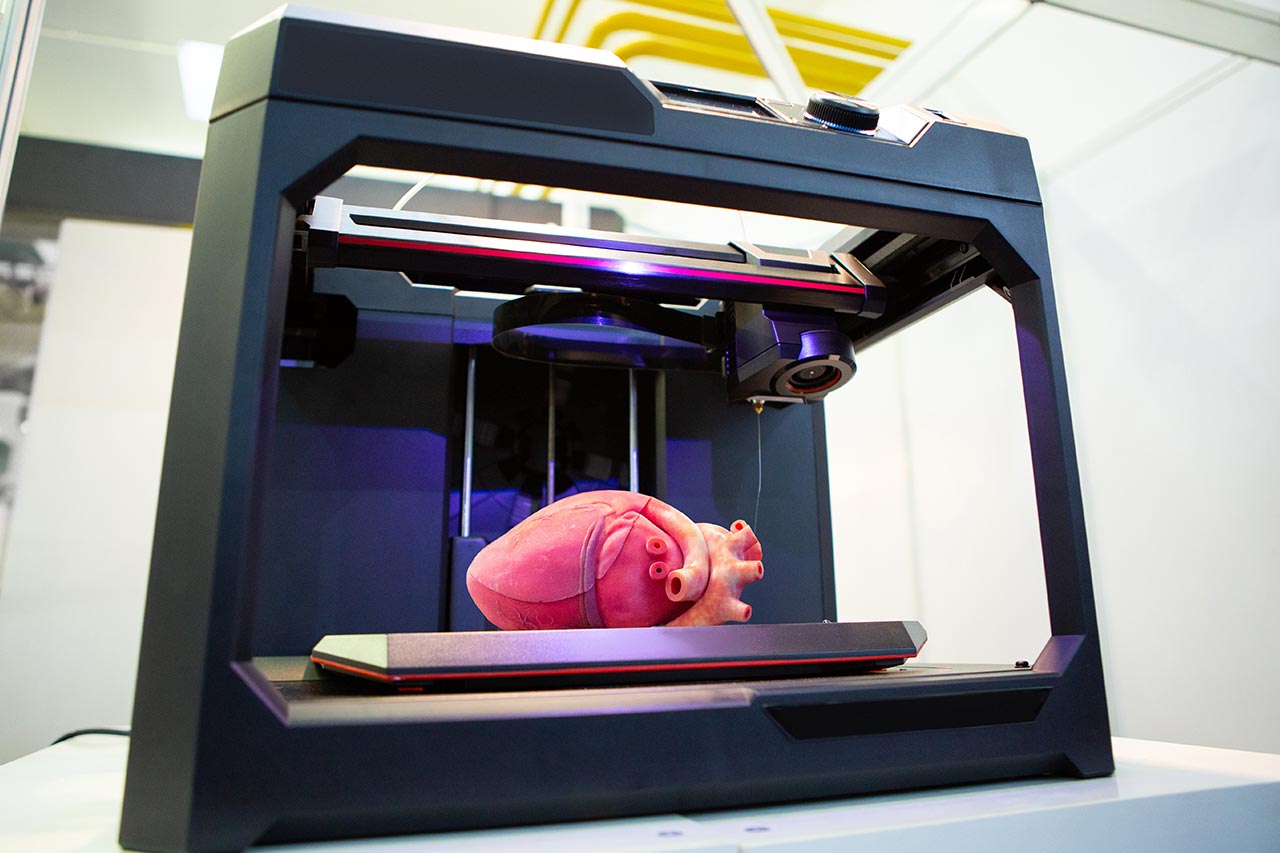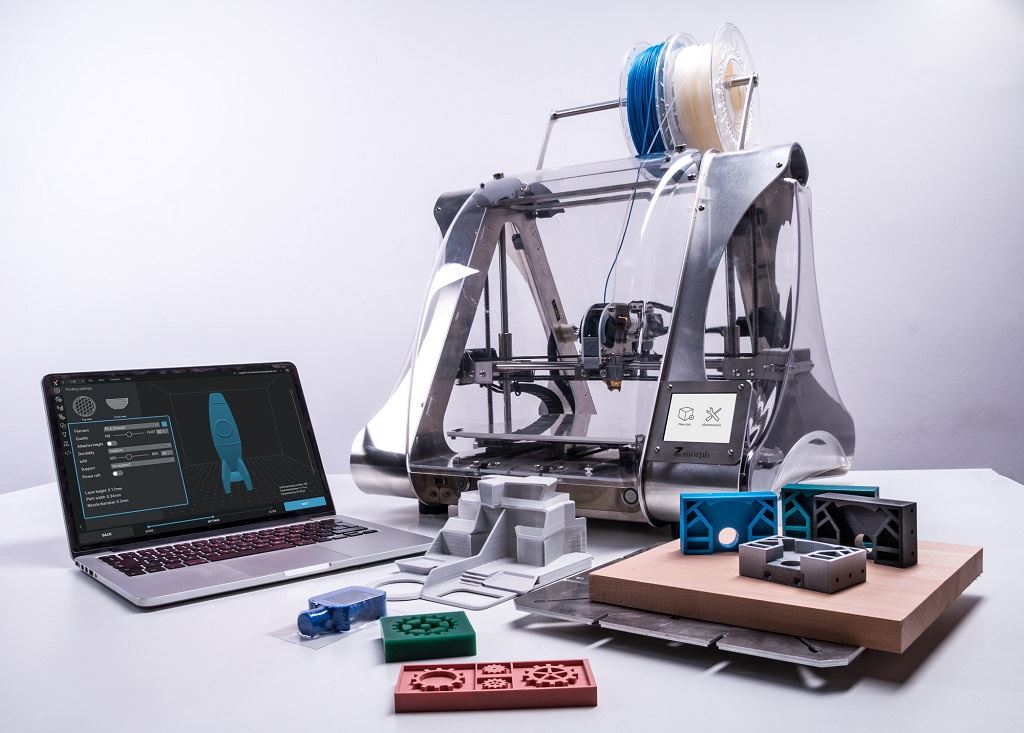The Future of 3D Printing in Design and Marketing

3D printing, also known as additive manufacturing, is revolutionizing the fields of design and marketing by enabling unprecedented creativity, customization, and efficiency. This article explores how 3D printing is shaping the future of these industries, highlighting key trends, benefits, challenges, and practical applications.
Introduction to 3D Printing in Design and Marketing

3D printing allows designers and marketers to create tangible prototypes, customized products, and innovative marketing materials quickly and cost-effectively. This technology builds objects layer by layer from digital models, offering flexibility that traditional manufacturing methods cannot match.
Key Trends Driving the Future of 3D Printing
| Trend | Description |
|---|---|
| Customization | Personalized products tailored to individual customer preferences. |
| Rapid Prototyping | Faster development cycles with quick iteration of design concepts. |
| Sustainable Manufacturing | Reduced waste and energy consumption compared to traditional manufacturing. |
| Integration with AI | Use of artificial intelligence to optimize design and printing processes. |
| Multi-material Printing | Combining different materials in a single print for enhanced functionality and aesthetics. |
Benefits of 3D Printing in Design and Marketing
- Enhanced Creativity: Designers can experiment with complex geometries and intricate details.
- Cost Efficiency: Lower costs for small production runs and prototypes.
- Speed to Market: Accelerated product development and marketing campaign launches.
- Customization: Ability to offer unique, personalized products that increase customer engagement.
- Sustainability: Minimizes material waste and supports eco-friendly practices.
Challenges and Considerations
While 3D printing offers many advantages, there are challenges to address:
- Material Limitations: Not all materials are suitable for 3D printing, which can restrict design choices.
- Quality Control: Ensuring consistent quality across prints can be difficult.
- Intellectual Property: Protecting designs from unauthorized replication.
- Cost of Equipment: High initial investment for advanced 3D printers.
Practical Applications in Design and Marketing
- Product Prototyping: Rapid creation of prototypes to test form, fit, and function.
- Customized Marketing Materials: Unique promotional items tailored to target audiences.
- Event and Trade Show Displays: Eye-catching, bespoke displays that stand out.
- Packaging Design: Innovative packaging solutions that enhance brand identity.
FAQ
Q1: How does 3D printing improve marketing strategies?
A1: By enabling the creation of customized promotional products and prototypes, 3D printing helps brands engage customers more effectively and differentiate themselves in competitive markets.
Q2: Is 3D printing cost-effective for small businesses?
A2: Yes, especially for small production runs and prototypes, as it reduces tooling costs and shortens development time.
Q3: What industries benefit most from 3D printing in design and marketing?
A3: Industries such as fashion, automotive, consumer electronics, and advertising leverage 3D printing for innovative product development and marketing campaigns.
Conclusion
The future of 3D printing in design and marketing is bright, with ongoing advancements promising even greater customization, efficiency, and sustainability. Businesses that embrace this technology can expect to enhance creativity, reduce costs, and deliver unique customer experiences.
Would you like me to help refine the tone or add more case studies to this article?
Follow-up tasks:
- Add case studies on 3D printing
- Enhance SEO keywords and phrases
- Create a summary section
